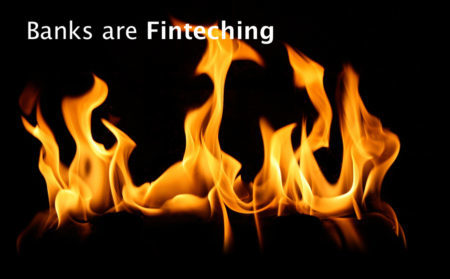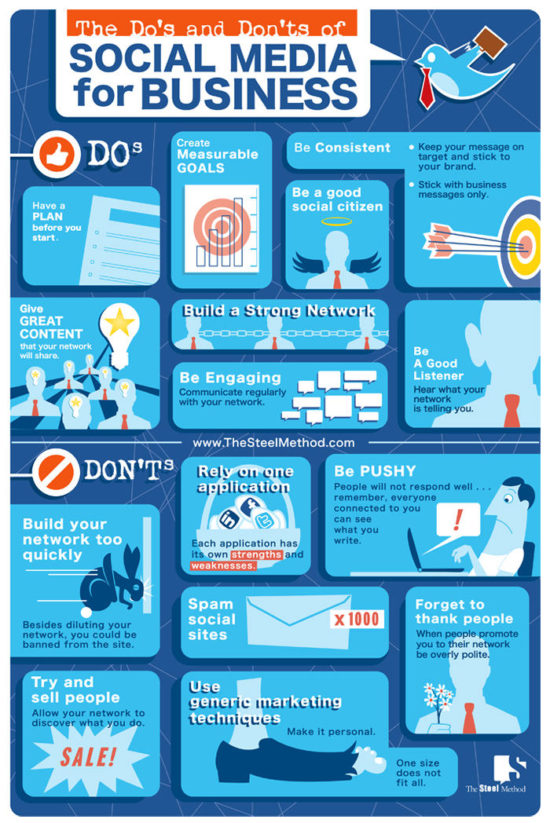Has your bank decided to join the technology and innovation ranks to embrace the fintech revolution?
As should be expected, European Banks are ahead of this embrace-the-technology curve. From incubators to launching a fintech subsidiary, it’s clear an innovative bank will be the survivor in this emerging marketplace that is disrupting the banking status quo.
But is innovative banking an oxymoron?
Let’s see.
Here are some interesting stats. An analysis by A.T. Kearney shows that stock returns for banks that bought technology companies far exceeded returns for banks acquiring other ‘like’ peers.
- What have banks done in the face of fintech’s emerging disruption? Here are highlights on how banks reacted to trends in fintech:
- 10% Acquired fintech companies
- 20% Setup venture funds to fund fintech companies
- 43% Established fintech Incubation programs
- 20% Partnered with fintech programs
- 7% Launched fintech subsidiaries
The preferred strategy for most banks is to create startup programs that incubate fintech companies.
European banks dominate fintech related engagement with over 80% of the banks analyzed headquartered in Europe.
Technology purchases are a core shareholder value and the ‘right’ purchases could foster positive results to the bottom line. However, determining the ‘right’ technology purchase played an important part in realizing this increased value.
Evaluating the M&A data consisted of looking at the data from a bank purchasing another bank versus a bank making a technology play. It became clear that the technology play drove better returns. Isolating the ‘reward’ component of the M&A decision for the thirty largest retail global banks (based on assets) revealed the following:
Bank-to-bank acquisitions achieved returns of 4%-6% after 12 months, while bank-to-tech acquisitions returned 10%-15% over the same period.
Technology
A technology savvy bank signals the marketplace that they are willing to adopt a more digitally rich future by leaning into technology purchases.
The key is in understanding the value of the technology purchase and its future growth potential. Not all technologies are equal!
A.T Kearney divided technology acquisition into three categories, with the results of Heavy Lifters demonstrating the highest average share price return in comparison to the Innovators and General Tech, as follows:
- Stock gain of +20% – Heavy Lifters, unique capabilities that disrupt bank’s back offices.
- Stock gain of 15%-20% – Innovators, focused on social media, web, and mobile.
- Stock gain of 5% – 10% – General Tech, ‘catch-all’ category for traditional software/ hardware acquisitions.
The Heavy Lifter numbers returned the highest value over time may not be surprising since banks benefit from cost reductions and hopefully will understand the value of passing this onto the consumer in the form of more attractive loans, better programs, and improved customer service. We could hope!
Remember ING Bank – the European online powerhouse that brought banking and hang-out coffee shops to the USA? They were an innovative forerunner in the technology and customer service banking-space and crossed many horizons in the online banking vertical before being acquired by Capital One. Now, much of the ING-way has been lost to a dubious Capital One horizon.
One key for a gobbling-technology bank is to remember that technology functions as an integral part of an organization. It’s not wise to strip out the core digital customer care components that make the technology so unique, just to drive shareholder value.
While new generations of digital users want their banks to foster the innovative technology footprint, it should not be at the expense of the very tenants that are valued like the ease of doing business, accessibility, and responsiveness.
[/et_pb_text][/et_pb_column][/et_pb_row][/et_pb_section]








